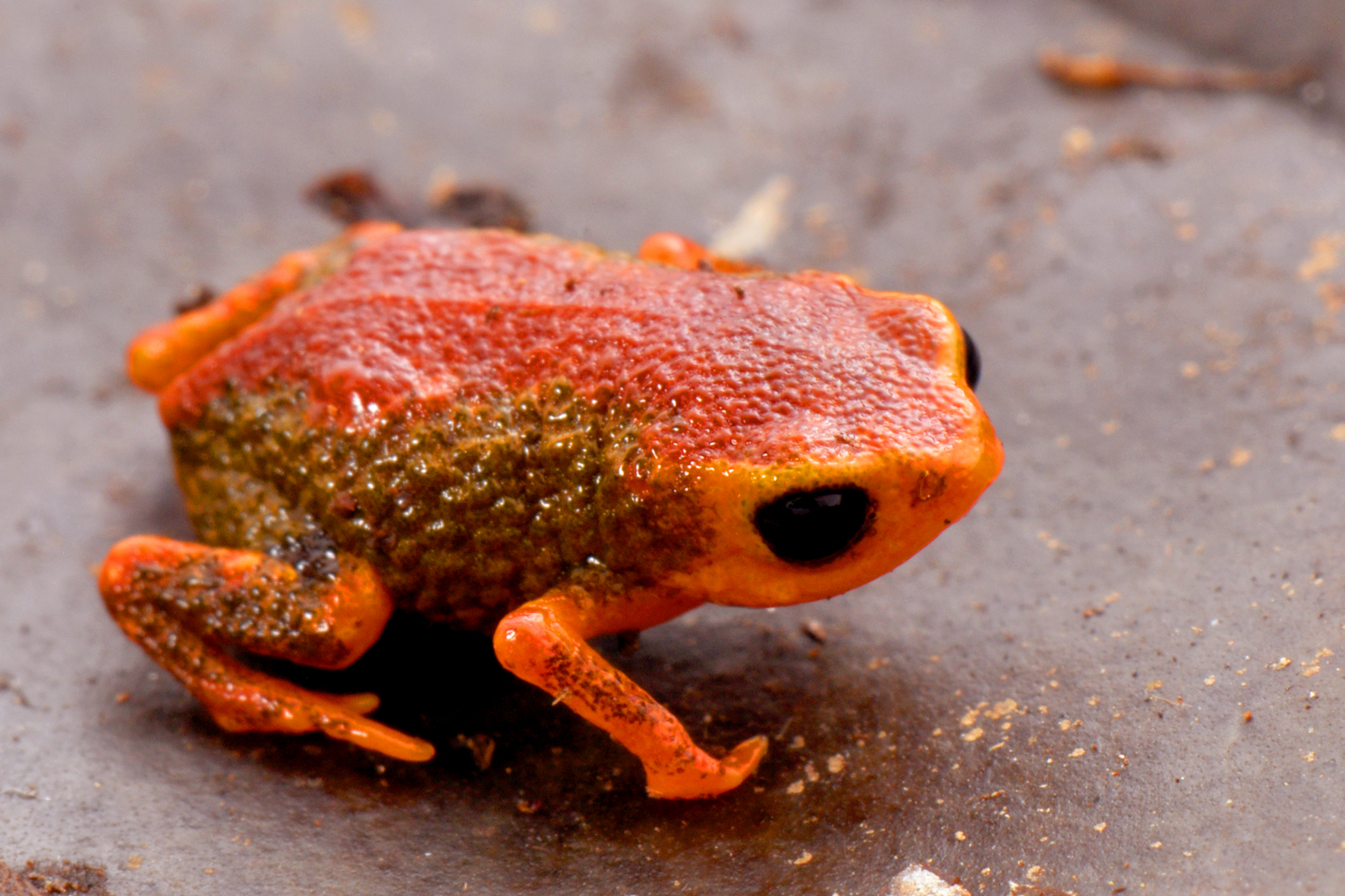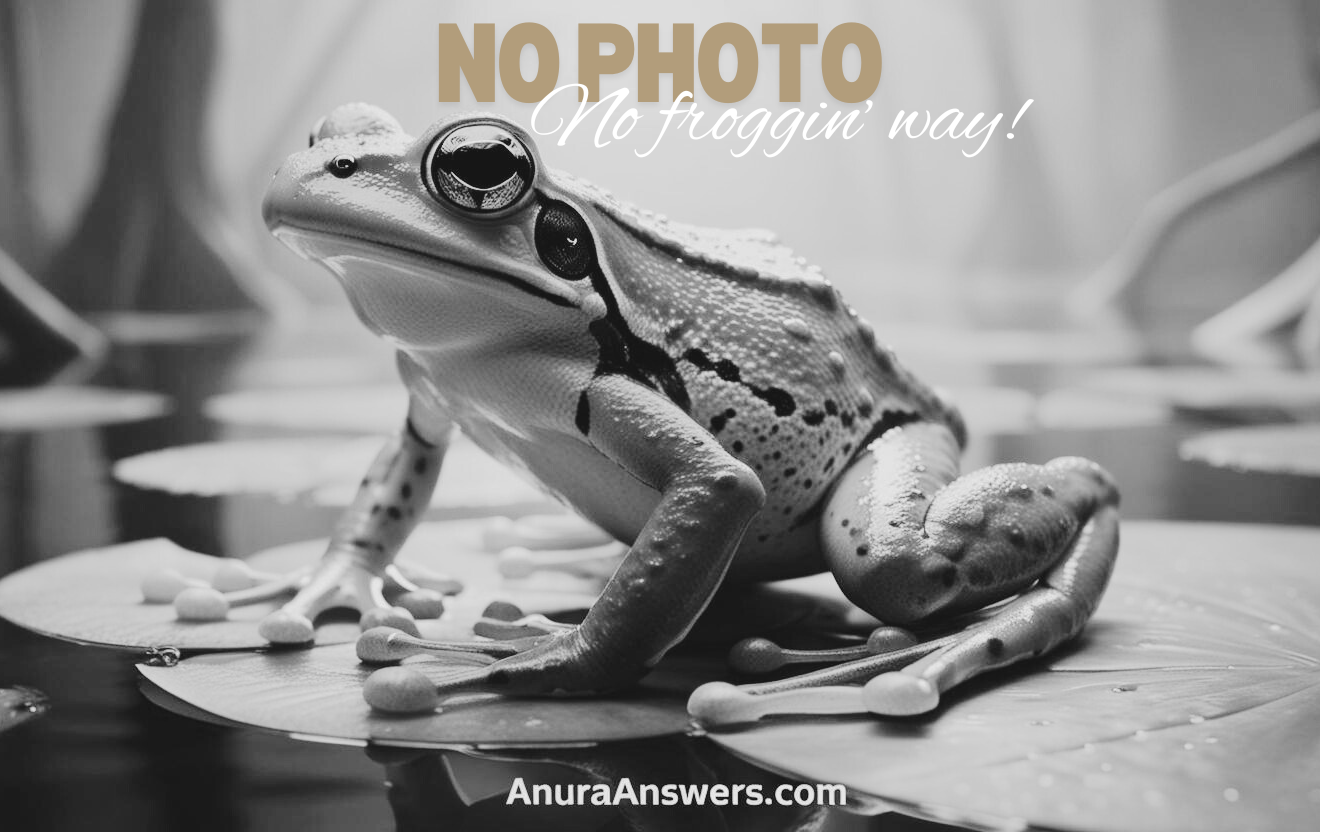Brachycephalus coloratus: The Jewel Frog of Brazil’s Atlantic Forest#
Hidden within the mist-covered slopes of Brazil’s mountainous Atlantic Forest lives an exceptionally tiny creature of immense ecological significance: Brachycephalus coloratus. Aptly named for its stunning colors and minute size—often fitting comfortably on the tip of your index finger—this elusive frog embodies nature’s penchant for intricate design and delicate balance. To encounter Brachycephalus coloratus is not merely to observe, but to marvel at an animal that appears crafted from gemstones yet possesses a finely tuned evolutionary adaptation to its lush rainforest home.
Measuring only a few millimeters, this species has drawn significant scientific interest due to its unique biology, remarkable coloration, and its sensitivity to environmental change—positioning it as both an indicator species for ecosystem health and an inspiration for continued conservation efforts.
Taxonomy and Classification#
Brachycephalus coloratus belongs to the family Brachycephalidae, a group renowned among amphibian enthusiasts for their extraordinarily diminutive size and vibrant colors. This family comprises some of the smallest frog species in the world, forging evolutionary adaptations uniquely suited to their highly specialized habitats.
The genus Brachycephalus, to which this species belongs, accounts for dozens of closely related miniature frogs endemic exclusively to the Brazilian Atlantic Forest. Within this genus, Brachycephalus coloratus stands out not just for its radiant coloration but also for its rarity and localized distribution, making it a critical focus for conservation biologists.
Natural Habitat#
Limits to a Humid Paradise#
Brachycephalus coloratus is exclusively found within the Atlantic Forest biome—one of Earth’s richest hotspots of biodiversity yet also one of its most threatened ecosystems. Specifically, these frogs inhabit narrow elevational ranges characterized by mist-covered mountain slopes with abundant moisture and dense forest coverage, typically between 800 and 1200 meters above sea level.
The habitat of these minute frogs is defined by a luxurious carpet of leaf litter, moss-covered rocks, and roots lying upon the forest floor. The air here is perpetually damp, frequently bathed in cool, gentle mists that roll off the Atlantic Ocean and collide with rugged coastal mountains. Within this environment, the dense leaf litter provides life-sustaining humidity as well as a myriad of hiding spots, vital for such vulnerable small creatures.
This particular habitat niche exemplifies the highly specialized nature of Brachycephalus coloratus, making it incredibly susceptible to changes such as deforestation, climate alteration, and fungal pathogens.
Physical Characteristics#
The visually arresting appearance of Brachycephalus coloratus immediately captures attention. Adults seldom surpass one centimeter, easily fitting atop a fingertip with room to spare, yet their small stature belies a prominently colorful presence characterized by hues of vibrant yellow, orange, and occasional red blotches. This vivid coloration is no mere decorative flourish; rather, it serves a critical ecological function—aposematism.
Aposematic coloration—bright colors used as a warning against predators—signals toxicity. Like many of its relatives, Brachycephalus coloratus produces toxins from specialized skin glands that make it distasteful, even dangerous—to would-be predators. Their tiny, robust bodies, compact limbs, and diminutive digits further demonstrate adaptations to life on leaf litter, perfectly suited for maneuvering through tight spaces rather than leaping great distances.
Behavior and Life Cycle#
Mating Tunes and Hidden Nurseries#
Unlike many larger frog species known for elaborate vocalizations and water-based life cycles, Brachycephalus coloratus exhibits unique terrestrial behaviors tailored specifically to their environment. Males, which modestly position themselves within humid leaf litter or on moist mossy patches, emit faint yet melodious chirps to attract females and defend tiny territories from rivals.
Helped by their coloration and chirping calls, they locate mates amid the humid maze of forest debris. Following successful courtship, the female lays a small clutch of eggs secretively in damp pockets beneath leaf litter, rotting logs, or mossy crevices. Astonishingly, these frogs bypass the widely-known aquatic tadpole stage entirely—embryos metamorphose fully into miniature replicas of adults before even hatching, a phenomenon known as direct development.
This direct developmental route removes dependency on bodies of water, enabling survival in these densely vegetated environments, but also enhances the vulnerability of their offspring. Eggs and hatchlings, sheltered only by leaf litter and moist conditions, are particularly sensitive to disturbances or environmental changes.
Ecological Role#
Despite their diminutive size, Brachycephalus coloratus fulfills essential ecological roles within their habitat. Primarily insectivorous, these frogs help regulate invertebrate populations such as mites, ants, springtails, and tiny beetles—creatures fundamental to the rainforest soil’s ecological stability and nutrient cycles.
In turn, the frogs themselves act as bioindicators of environmental health. Due to their highly specialized habitat requirements and sensitivity to even minor environmental fluctuations, biologists carefully follow population patterns of such amphibians to gauge the overall health of Brazil’s vulnerable Atlantic Forest ecosystems.
Threats and Conservation Status#
Currently, the Brachycephalus coloratus faces significant threats, primarily from habitat loss due to logging, agricultural expansion, and urbanization along Brazil’s Atlantic coast. Deforestation and fragmentation of their already restricted elevational habitat drastically reduce populations, leaving isolated subpopulations disconnected genetically and increasingly vulnerable to extinction threats.
Climate change poses an additional profound risk by altering humidity and precipitation patterns vital for maintaining their delicate microhabitats. Further exacerbating these threats, amphibians worldwide—and particularly small terrestrial species—are vulnerable to chytridiomycosis, a devastating fungal disease linked to substantial declines elsewhere.
The species is currently listed as “Data Deficient” by the International Union for Conservation of Nature (IUCN), reflecting limited population studies and the difficulty of surveying such cryptic frogs. However, the known threats indicate potential vulnerability and narrower-than-ever margins for conservation success.
Cultural and Scientific Significance#
Though seldom featured prominently in folklore, the sheer beauty and uniqueness of Brachycephalus coloratus offers significant scientific relevance. Biologists consistently study their toxins for potential medical implications, exploring biochemicals that may harbor revolutionary pharmaceuticals against diseases and infections. Additionally, research on these small frogs contributes broadly to our understanding of evolutionary adaptation, speciation, and ecosystem dynamics within tropical forests.
Conclusion#
Brachycephalus coloratus, Brazil’s tiny, vibrant jewel frog, encapsulates the complexity, fragility, and wonder of biodiversity within the Atlantic Forest. Its intrinsic worth extends far beyond aesthetic charm: as a bioindicator, ecological stabilizer, scientific subject, and emblem of Brazil’s natural heritage, this tiny amphibian deserves our awareness, appreciation, and concerted conservation efforts.
Ultimately, safeguarding Brachycephalus coloratus relies equally upon preserving its fragile microhabitat and enhancing awareness of the threats it faces. Supporting rainforest conservation initiatives, engaging with local and global biodiversity strategies, and advocating for continued scientific research not only ensure this shimmering jewel survives but also secures the multitude of species intertwined within its ecological tapestry.
Each of us can make a difference: educating ourselves, spreading awareness, and championing conservation priorities helps ensure these vibrant frog species—and the habitats they depend on—may continue thriving for generations to come.











